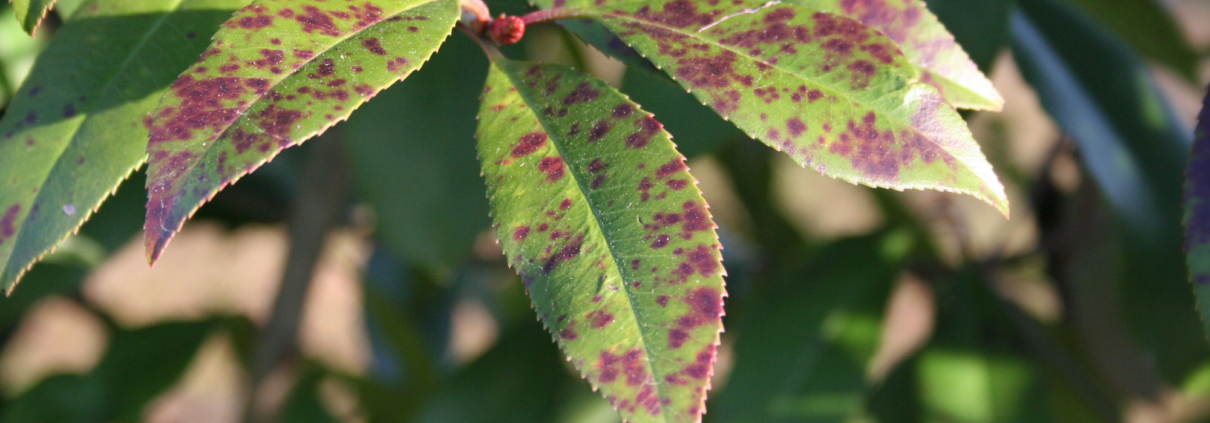A Homeowner’s Guide to Different Types of Tree Diseases
In the US, there are 228 billion trees, which might sound like a lot. But the truth is, deforestation is rapidly occurring, so we need every tree we can get.
Homeowners can do their part in caring for the environment by planting trees on their properties. Not only does it help the local ecosystem, but it’ll also beautify their houses.
To keep these trees strong and healthy though, you need to be on the lookout for tree diseases. By being proactive, you can prevent your greenery from withering.
Keep reading to see which tree diseases you should be aware of.
Oak Wilt
If you have oak trees in your yard, then this is definitely one to watch out for. While this tree disease can happen to any type of oak, there are some species that are more susceptible, such as live and red oaks. On the other hand, if you’ve got white, Mexican, Chinquapin, or bur oaks, they’ll be more resistant to oak wilt.
Once your trees are afflicted, then you’ll see leaf browning and dropping. If the infection is bad enough, the trees can die.
It’s important to get immediate Dallas tree service if you notice oak wilt, as it can spread. The main ways it’ll do so is through root grafts and nitidulid beetles. In the meantime, digging a trench between infested and healthy trees can slow infections in your yard.
To prevent oak wilt, apply systemic fungicides. Pruning the infested branches in the winter and fall when beetles have stopped feeding on the sap can help too.
Hypoxylon Canker
This is another disease that oak trees are susceptible to, as well as elms, pecans, and sycamores. Hypoxylon canker is a quick and fatal disease, so it’s imperative that you check your trees often.
Symptoms of this tree disease are bark peeling, dark-colored spores underneath, and sapwood decay. Hypoxylon canker usually happens when there are periods of drought, so be extra vigilant during these times.
You can keep this disease at bay by ensuring your trees have plenty of water during droughts. You should also take care of wounds immediately should they get scratches, cuts, or broken branches. Avoid using tree paints and sealers though, as they’ll do harm.
Otherwise, you’ll have to get professional tree removal services once your trees have hypoxylon canker, as there’s no cure.
Cedar-Hawthorn Rust
Cedar-hawthorn rust mostly happens in the spring and mid-summer. It’s the most common tree disease you’ll see in hawthorns and junipers, and is a fungal infection caused by Gymnosporangium globosum.
Symptoms of cedar-hawthorn rust include orange or yellow spots on leaves, as well as leaf dropping, small, round, reddish-brown galls on twigs, and aesia (cluster cups).
The fungal infection can be stubborn, so it’s best to have professionals treat your trees. They’ll remove all galls, and even branches and fruits if needed.
Fire Blight
Those growing fruits should look out for fire blight. This is a bacterial disease that mostly hits fruit trees, especially ones bearing apples and pears.
Take a close look at the shoot tips; if they’re bending into hook shapes, then your fruit trees may have fire blight. The leaves and flowers may also be blackening quickly, as well as the branches. The blackened branches can develop cankers too, which then ooze sticky liquid.
Once the bacteria have broken out of the cankers, other parts of the tree and those next to it can become infected fast, thanks to birds and bees flying around. At the first sign of trouble, have your trees professionally trimmed. You can also use fungicides on the buds before they open so it kills off bacteria.
Bacterial Leaf Scorch
Bacterial leaf scorch doesn’t happen as often as the other diseases on this list, but it’s still one you need to watch out for. Tree types that are susceptible to this disease include oaks, elms, sycamores, and boxelders.
To identify bacterial leaf scorch, look at the leaves, where you’ll see a yellow band between the green tissue and the tips of the leaves, which are scorched. You might also see early leaf dropping and branch dieback. Typically, these symptoms are at their worst in mid to late summer.
Bacterial leaf scorch is spread through insects such as leafhoppers. So as you can see, the disease can afflict your other plants fast. Not only that, but once they’re sick, they’ll be more vulnerable to other pests and infections.
Dutch Elm Disease
Dutch elm disease is another uncommon tree disease, but since it’s a devastating one, it’s worth knowing about. Cedar elms are particularly vulnerable to it.
Previously, this disease has swept through the Midwest and the Northeast, thanks to bark beetles. Dutch elm disease has also hit parts of Texas, such as North Richland Hills.
If your trees become diseased, leaves will yellow and wither, starting from the top, and moving downwards. Once the infection reaches the roots, the entire tree dies.
What’s so challenging about Dutch elm disease is that it’s so serious, by the time you notice it, you can’t treat your trees. However, Alamo and Arbotect seem to work on it if you apply them early enough. Otherwise, afflicted trees need to be professionally removed.
Look Out for These Tree Diseases
These tree diseases may sound scary, and indeed, many of them can kill your trees quickly. However, if you keep a sharp eye on your greenery and call a skilled arborist right away, it’s possible to save your plants.
Most importantly, you should have them come on a regular basis. They can assess your trees’ current conditions, then come up with a customized preventative care plan that addresses potential problems and solutions. As a result, you can avoid heartaches in the future.
If you need tree disease treatment, then contact us today. We’ll give you a free personalized quote!



